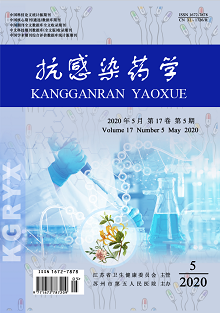ZHANG Gui-fen, YIN Wei-qing, WEI Ju-hong, TANG Hui, TANG Chen, LU Min, ZHU Ai-guo
Objective: To analyze the current situation of outpatient, emergency medication prescription and the reason of unreasonable medication, and its management countermeasures. Methods: 43 200 prescription of outpatient and emergency were selected from September 2018 to November 2019. According to the requirements of "Drug Instructions"and relevant laws and regulations, the rationality of drug usage were commented and analyzed, Pareto chart was used to analyze the causes of unreasonable prescription, and the main, secondary and general factors causing unreasonable prescription and the management countermeasures were found. Results: Among the 43 200 prescriptions, 2 054 were unreasonable, and the irrationality rate was 4.75%. Among the unreasonable prescriptions, 2 235 cases were found to be unreasonable. Unreasonable main factors was that they did not write clinical diagnosis or clinical diagnosis was not perfect (626 cases, accounted for 28.01%), the combination of drugs was not unsuited (340 cases, accounted for 15.21%), the usage and dosage were vague (276 cases, accounted for 12.35%), one prescription included more than 5 kinds of drugs (190 cases, accounted for 8.50%), the prescription including antimicrobial agents was not in accordance with guidelines for clinical application of antimicrobial agents(185 cases, accounted for 8.28%), etc.. The secondary factors of unreasonable prescription were inappropriate indications (124 cases, accounted for 5.55%), irregular signature and seal of doctors or inconsistent with retention samples (118 cases, accounted for 5.28%).The general factors of unreasonable prescription were improper usage and dosage (99 cases, accounted for 4.43%). Conclusion: The hospital should formulate effective management measures according to unreasonable prescription types, strengthen administrative intervention and prescription comment, and standardize prescription medication behavior, so as to promote clinical rational medication and ensure medical safety.
